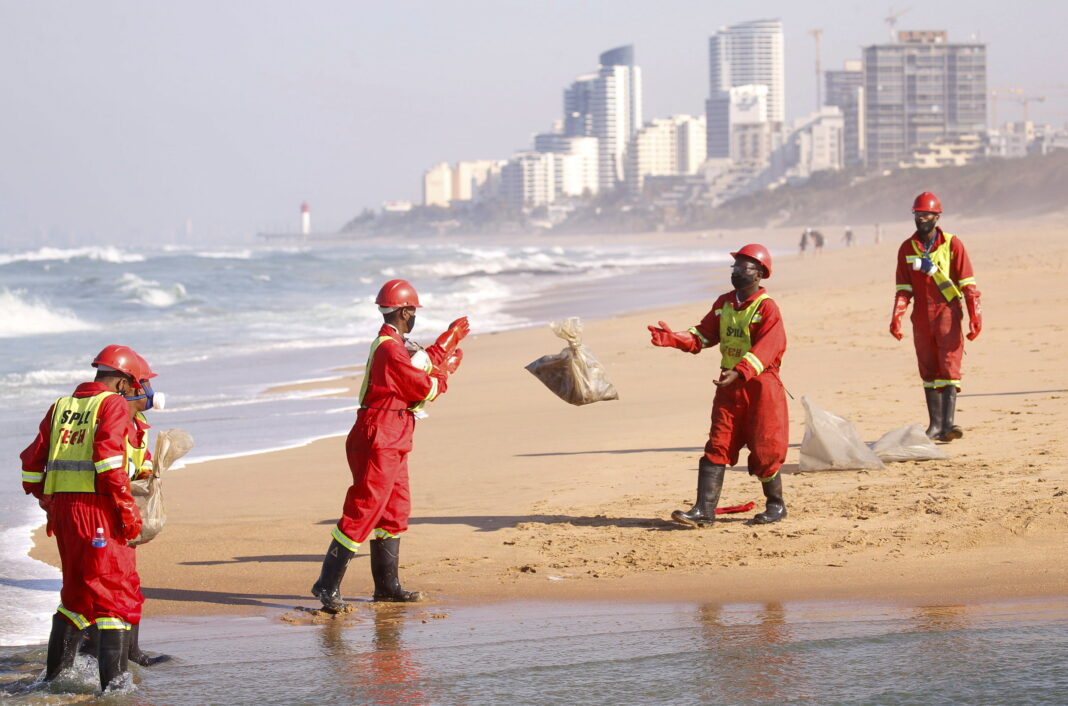South Africa has the highest Gini coefficient in the world (Macro-economic measure for inequality), making it the most unequal country in the planet.
South Africa is currently experiencing one of the worst riots and civil unrests after the abolishment of the apartheid, with more than 330 people having been killed in the riots. The damages that were inflicted to the economy of the country are still to be determined, but as many as 40,000 private business were looted, burnt or vandalised and will need years to fully recover. Current estimates of the loss to the national economy lie at around US$3.4 billion, with about 200 malls targeted, while 200 banks and post offices were vandalized. The eastern city of Durban alone had a stock value loss worth of a staggering US$1.5 bilion, alluding to even greater socio-economical challenges that the country will face in the near future.
The protests erupted after the former president of South Africa Jacob Zuma admitted himself to the court on the 7th of July, after he was found guilty of contempt of court; during an ongoing inquiry on wide range of allegations, including corruption; and was sentenced to 15 months of prison. Soon after this, the rioting originated in Zuma’s home province of KwaZulu-Natal, where he is currently serving his sentence, after which it spread to other provinces like Mpumalanga, Gauteng, and Northern Cape.
Although many cases of lootings and vandalism can be linked to Zuma’s supporters, this may be just a symptom of a deeper problem that is affecting the South African society.
South Africa has the highest Gini coefficient in the world (Macro-economic measure for inequality), making it the most unequal country in the world. This is a strong remnant of the Apartheid system of the 20th century, which segregated the majority non-white population into distinct and undeveloped areas of the country, leaving them in poor living conditions. Black South Africans still have less access to better jobs and educational opportunities, because those are situated in the developed areas where the majority of the white population lives.
“The Inequality Trends in South Africa” report released by Stats SA shows that the largest contributor to overall income inequality came from the labour market at 74.2%. This can be observed by the fact that in 2020 the unemployment rates of black and colored people were represented at 36.5% and 25.7% respectively, where as the unemployment rate within the white population was estimated at 8.8%; and with more than 50% of population living in extreme poverty.
The World Bank also reported in 2019, that the richest 20% of people in South Africa control almost 70% of the resources. To put these stats into a better perspective, the average white male CEO earns the same as 461 Black women in the bottom 10% of earners.
Even though, the apartheid system was abolished in 1990s with the democratic election of Nelson Mandela, these statistics clearly indicate that its consequences can be felt even three decades later. These poor living conditions and the rise of racial and social inequalities, lead to instability, which is why the 2018 Global Peace Index listed South Africa as one of the most dangerous places on earth. The fostering of culture of violence is the reason why South Africa has one of the largest private security industries in the world, with over 9,000 registered companies and 450,000 registered active private security guards that are employed mostly for the protection of the white and upper-class population.
All of these factors contributed to the polarization of the South African society, and in a combination with Covid-19 pandemic generated even larger political, social and wealth gaps within the population, leaving the majority of its 60 million inhabitants in a position with low rates of survival. To many South Africans, the ANC party is the vehicle to a “promised land”, and in the past, Zuma was a symbol of anti-segregation struggle, which sheds light to the nature of protests. But with an ongoing political crisis and no feasible end to this humanitarian disaster, the hope is the only thing that has left for the majority of South Africans.
South Africa is currently experiencing one of the worst riots and civil unrests after the abolishment of the apartheid, with more than 330 people having been killed in the riots. The damages that were inflicted to the economy of the country are still to be determined, but as many as 40,000 private business were looted, burnt or vandalised and will need years to fully recover. Current estimates of the loss to the national economy lie at around US$3.4 billion, with about 200 malls targeted, while 200 banks and post offices were vandalized. The eastern city of Durban alone had a stock value loss worth of a staggering US$1.5 bilion, alluding to even greater socio-economical challenges that the country will face in the near future.




